There are many things to consider when families invest their time, emotions, and effort into the development, success, and sustainability of their family legacy. Please reference my previous articles: Preserving Family Wealth is a Generational Effort; Begin the Journey of Developing a Family Legacy with a Family Retreat; Family Legacy Development: The Anatomy and Importance of Family Meetings.
There are many elements that contribute to the family dynamics which may help unify the family, or create roadblocks that members will have to work through in order to realize success throughout the family generations. Having established family values is a vital step in legacy planning and contributes to the human capital of the family, which is their ability to pursue happiness, have a higher purpose than themselves, make a positive impact on their community, and have the centeredness to maintain a strong family.
A family is an emotional unit that affects its members in powerful ways. The “Bowen Family Systems” theory of human behavior operates on the premise that families so profoundly affect their members’ thoughts, feelings, and actions that it often seems as if people are living under the same “emotional skin.” An article published by the Bowen Center for the Study of the Family, titled, “One Family’s Story: A Primer on Bowen Theory”, makes the point that families so profoundly affect their members – Members solicit each other’s attention, approval, and support and react to each other’s need’s expectations, and upsets. The connectedness and reactivity make the functioning of the family members interdependent. It is suggested that the change in one person’s functioning is predictably followed by reciprocal changes in the functioning of others. Families may differ somewhat in the degree of interdependence, but nevertheless, it is present to some degree.
How each member expresses their attitude, outlook, demeanor, understanding, and acceptance of other family members, etc., has a profound impact on everyone else. But that goes for any interdependent group, whether it be a business organization, little league team, classroom, etc., the emotional dynamics matter.
But having knowledge of how the emotional system operates in one’s family, work, and social systems reveals new and more effective options for solving problems in many critical areas.
Discerning Family Values
Regardless of the emotional dynamics and challenges that occur within the family, a powerful common attribute that helps cement the bonds between family members is the establishment and acknowledgment of the “Values” of the family. Values are attitudes about life that determine our thoughts and actions.
Recognition of family values ties into other important factors in establishing the mission statement for the family. Along with family values, other factors include the family’s purpose, vision, and goals.
A family needs to understand its purpose. When applying it to the mission statement, the first goal of that mission statement is to define the family’s philosophy of its purpose.1.
A family must have a common vision. A family must collectively look forward to the future and share common goals. A family should ask many years out into the future, how it plans to achieve its goals. 1.
A family needs to acknowledge its secrets. The well-known consultant on Family Legacy Development, James E. Hughes, states in his book “Family Wealth”, that every family believes that it knows secrets about itself and other families. But the reality is, Hughes argues, that there are no secrets. These apparent secrets, Hughes states, are one of the most perfidious problems in family governance, and they sit on the liability side of the family balance sheet. They can undermine a family faster than any other single liability. It promotes entropy and decay of the financial, intellectual, and human capital of the family. There should be no secrets that need to be removed if they exist. 1.
A family should recount its history. A family mission statement should express the family’s unique family history. 1.
A family should choose its form of governance. The family mission statement should declare or establish the form of governance selected by the family and how it will assist in long-term wealth preservation. 1.
Each family member needs to understand his or her role in the family (which relates to personal purpose, significance, and happiness). It is recommended that each family member create their own personal mission statement. 1.And related to the main point of this article, a family should share certain values. Values help create the family’s uniqueness. Collectively, they should be established or recognized.1.
For purpose of this discussion, we will focus on the “human capital” of the family, which is arguably the most important capital. It is the members of the family and their physical and emotional well-being and self-sufficiency that is at the forefront. It’s their ability to pursue happiness, have a higher purpose than themselves, their ability to make a positive impact on their community, and their centeredness to maintain a strong family.
Not only is it vitally important to focus on the strength and growth of this capital long-term, but the family also needs to work, communicate, and cooperate with each other as a team to help assure that everyone is flourishing to the best of their ability, and work towards common goals.
During the beginning of the development of a family legacy plan, a discussion with the wealth accumulators first takes place. One of the areas of discussion is their shared “values.” In fact, each family member can be given this section to complete. There is a section in our “Purposeful Conversation” discovery booklet that offers several potential shared values. The values presented are:
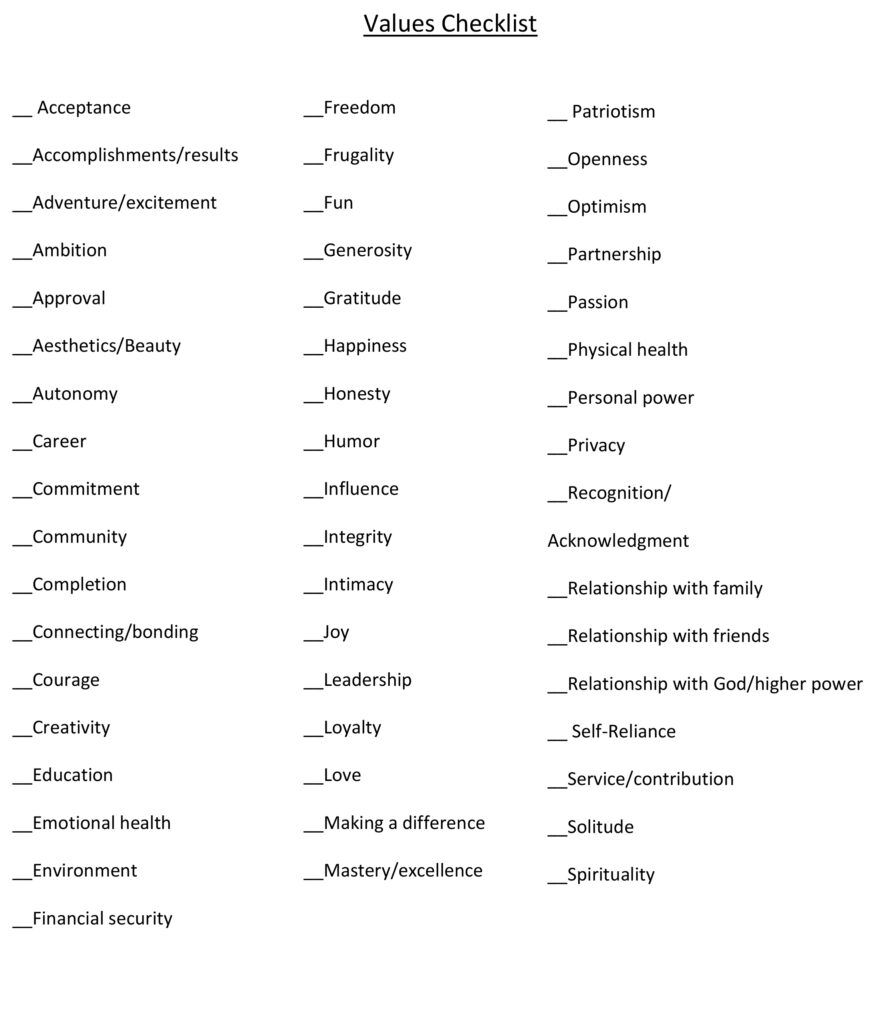
Each family member should then establish ten values he or she considers to be most critical to the family’s long-term success. This is then made as a separate break-out session during a family meeting, where each member offers their list. Ultimately, these lists are captured, synthesized, and refined, to a point that the values that reflect the family consensus are compiled into a family mission statement.
A great exercise that is mentioned in the book “Family Wealth”, by James E. Hughes, is that each family member writes what he or she would, at the age of 105, tell their immediate family what had been most important to them in their life. This exercise helps to further solidify shared values. This can be done by each family member sharing their thoughts on this, orally, to the rest of the family during the meeting.
Family values are the main ingredient to a strong family foundation and the essence of keeping the family unified with clarity and understanding. Put another way, family values are the deep root system of a healthy family tree. Knowing, acknowledging, and sharing those values amongst the family members, along with beliefs and principles, is vital.
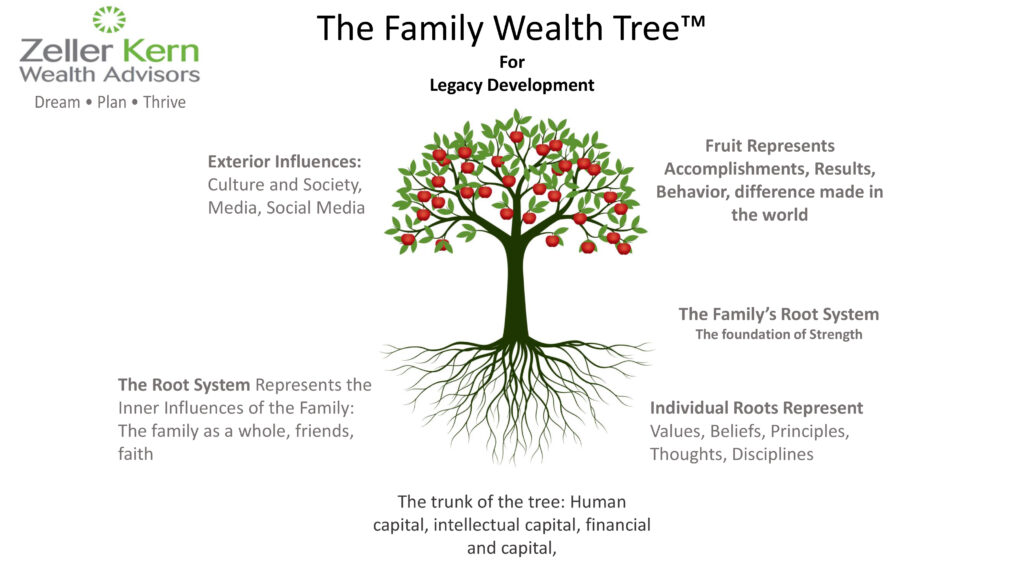
The more established and healthier the roots of the tree, the healthier the tree will be and the more fruit it will bare.
Once the topic of shared values is discussed with the two members of the first generation, the wealth accumulators, or Mom and Dad, we can then suggest that this initial list of values is then brought to the family meeting where it can be discussed, and their input is encouraged to modify or further enrich the list of family values to be shared and recognized. From there, a fun and productive exercise is to suggest the development of a family shield. The family can elect a few members to design and present the sheild at the next family meeting.
Creating a Family Shield
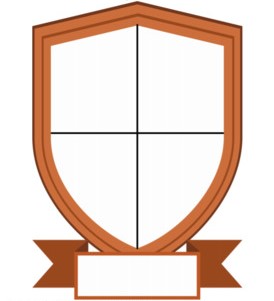
The family can design the shield with a list of all of the relevant values on it, along with a Motto”. A motto is a brief statement that captures the values and beliefs of an individual or a family. A family shield can be brought into the family and made as an artifact of family tradition, to help remind the family members what it is that the family unit stands for. It also may help to encourage members to develop their determination for living the family values and to work closer or in a more cohesive fashion. Therefore, when designing the family shield, it’s important to have everybody’s input and involvement in it as much as possible.
The possibility of reproducing it and distributing the “shield” among family members may be a productive action step. If there is a family business involved, perhaps hanging a high-quality version of the shield in the business lobby may be a conducive family exercise, as well as make a positive impression on visitors that come through.
There are many things to address, as we have discussed in this article. Many things can be accomplished at a family meeting, and the discussion and establishment of shared family values is critical for the family’s legacy.
If you find this topic interesting, please reference my previous articles on Family Legacy development. If you have any further questions, feel free to contact me at [email protected]. Feel free to visit our website at www.zellerkern.com.
*1. “Family Wealth, Keeping it In the Family, How Family Members and Their Advisers Preserve Human, Intellectual, and Financial Assets for Generations,” by James E. Hughes. Pages 44-46, 48.
Steve Zeller

Steven E. Zeller
Steven Zeller is a CERTIFIED FINANCIAL PLANNER™ professional, Accredited Investment Fiduciary®, Certified Exit Planner, practicing Wealth Advisor, and serves clients nationwide. He has over 24 years of experience within his profession. READ MORE
What Steve Writes About

I write about the latest thoughts and topics that impact high net worth families, individuals, and business owners. The building and sustainability of family wealth and a business is an exciting journey, and I have a passion to help them along the way to grow and thrive.
The latest book that Steve is reading. He reads, all he can, material relevant to the high net worth family and business owners, so that he may pass it onto his readers.


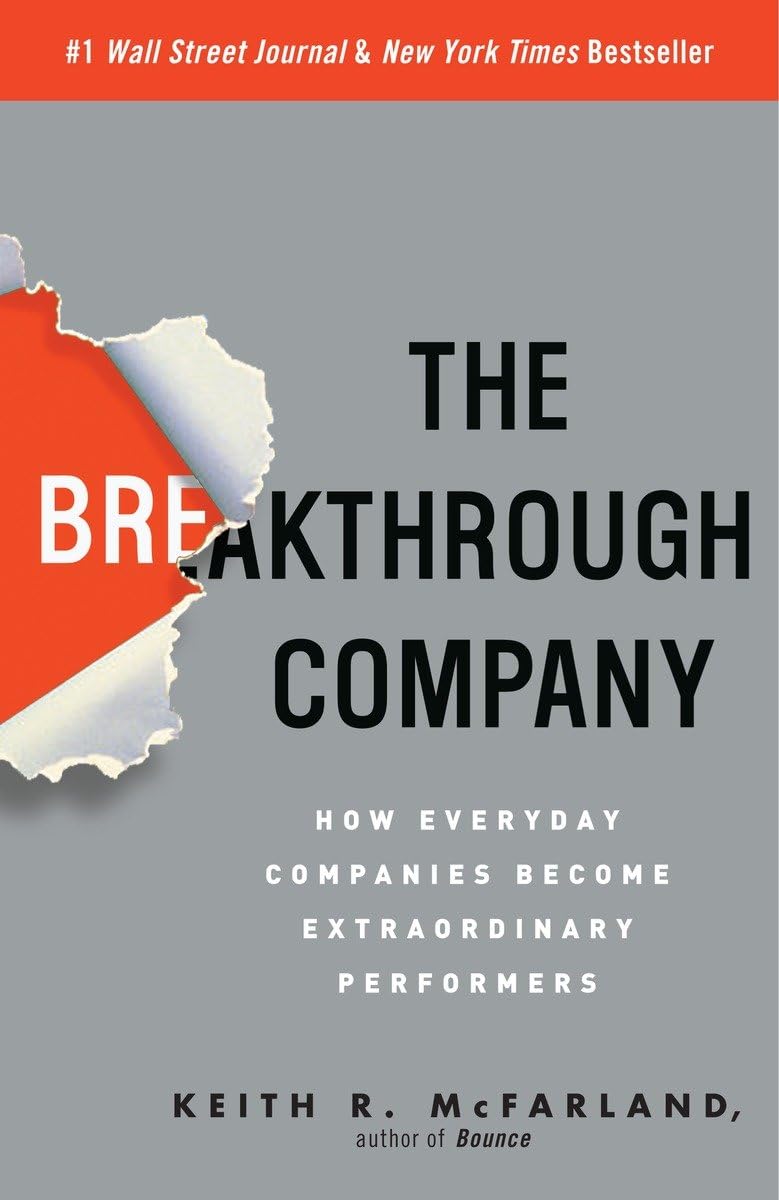
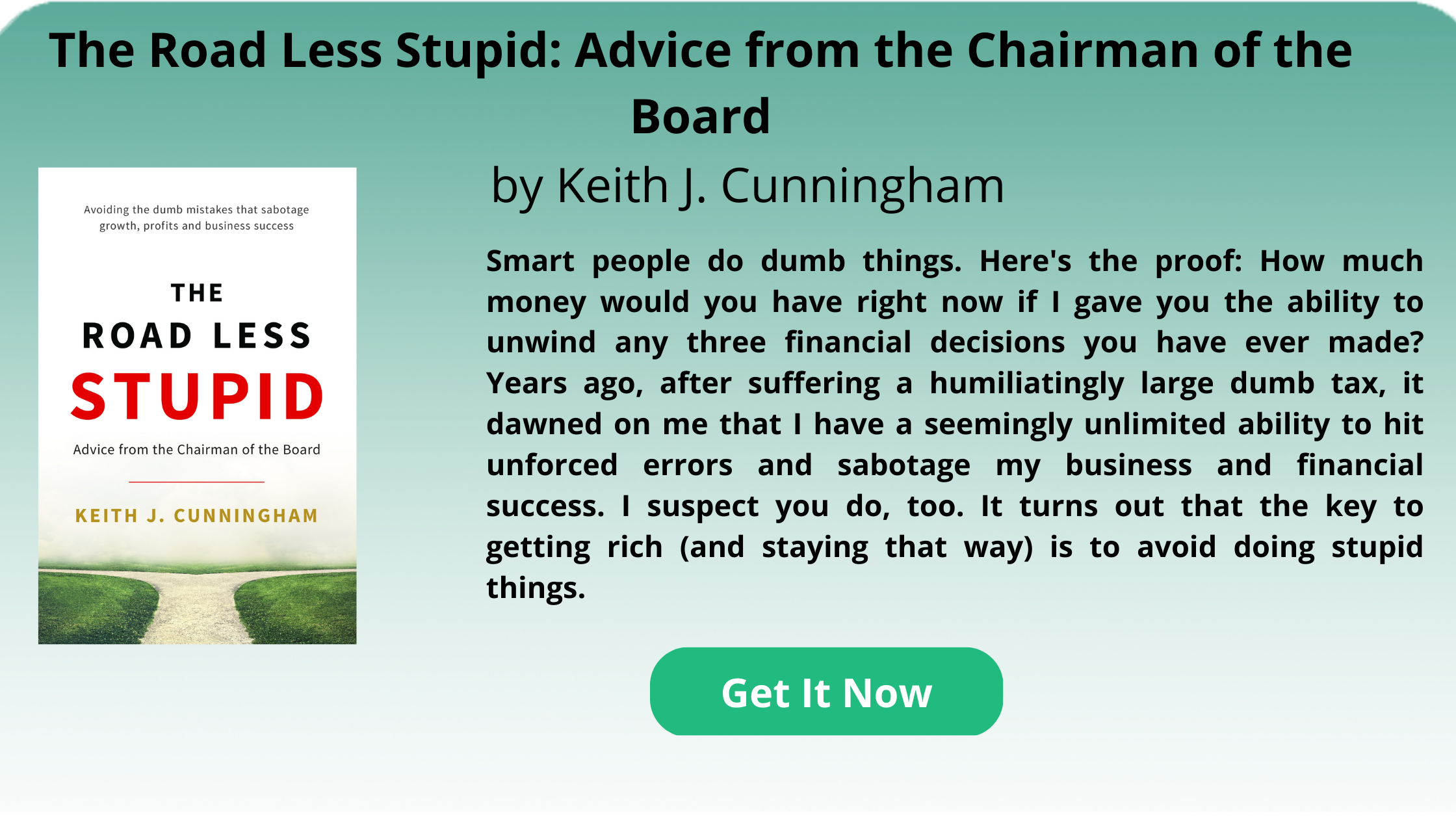
Connect With Steve